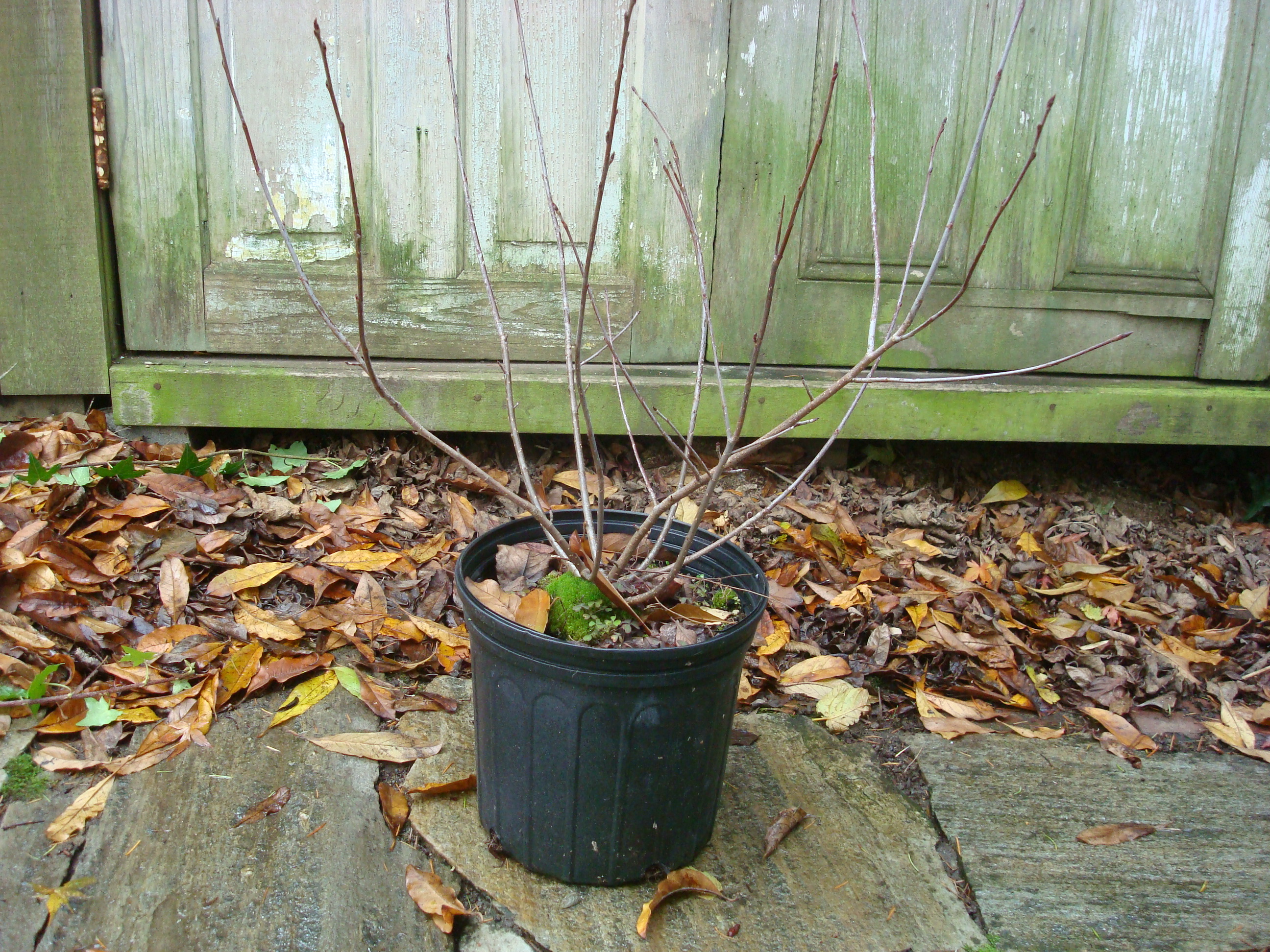
Don, a neighbor and fellow urban gardener, dropped by the other day bearing gifts from his own garden, a pint of the most delicious honey from his beehive and an Aronia (chokeberry) plant. Aronia seems like a fine addition to my outdoor pharmacy because it is disease and pest resistant. And that’s exactly the quality I want in every thing I ingest because I want to be disease and pest resistant too. I’m sad to say my white currant bush does not have this quality so Aronia will probably replace it.
Aronia is also productive. One plant can potentially produce up to forty pounds of berries. Not just any berries, either. Aronia Melanocarpa fruit contains more antioxidants than most other berries, more antioxidants than blueberries, cranberries, elderberries and even pomegranates. I’m not surprised that this superfruit has shown promising results in research studies on cardiovascular disease, high blood pressure and cancer because all you have to do is look at its color to know it’s good for you. In Chinese medicine, we view all the dark purple-pigmented fruit, which are high in phenolic substances, as the most potent blood builders. Don says it’s very easy to pick the berries off the stems too so the combination of being highly productive, medicinally potent and easy to pick makes this plant very attractive to me.
I might have to convince myself that I like the taste however. It sounds like it has a dry, sour, astringent taste so I probably won’t be gorging on them raw like I do cherries, grapes, blackberries and red raspberries. Probably they’ll be better cooked but I’m imagining they will mix well with other fruits for juicing or desserts. We usually freeze over twenty gallons of blackberries which we use in smoothies throughout the winter. Hopefully by this same time next year, we’ll be throwing in a handful of Aronia berries into our Vita-Mix blender too.
Aronia, I like you already.
Parsley Farm Berry Smoothie
(creamy and satisfying)
¾ cup frozen berries (any kind)
½ -1 frozen banana (chopped)
1 cup milk (rice, coconut or almond milk)
1/4 cup cashews
1 -3 dates
Adjust the amounts of banana and dates depending on the sweetness you prefer
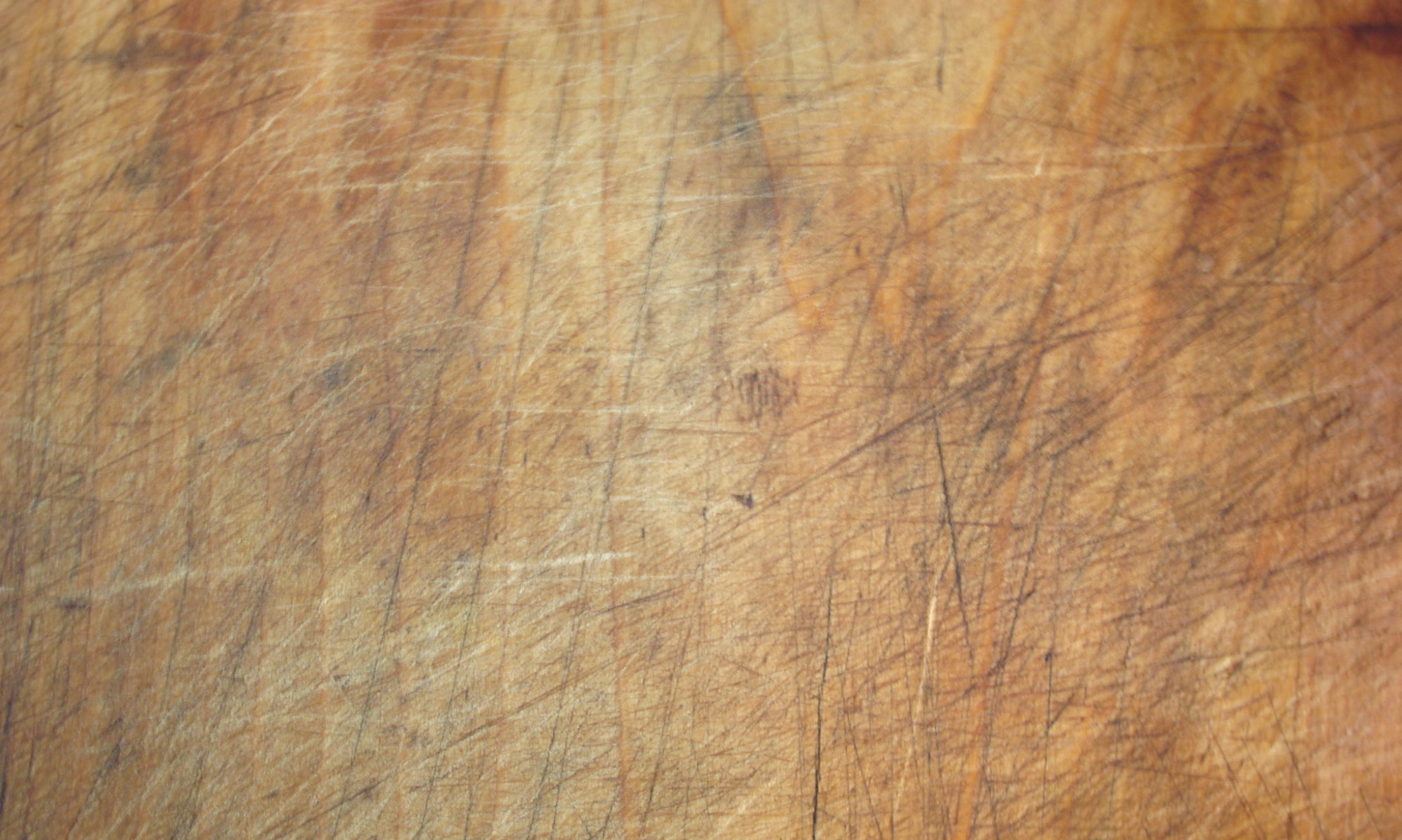

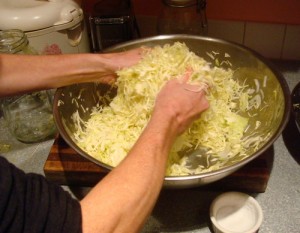 I always have containers of bubbling fermenting vegetables around so I can get my live food hit all year. In my kitchen, you’ll see glass jars of cabbage, turnips and tomatoes, crocks of cucumbers and chickpea miso, and plastic buckets with rice sake, all breaking down into highly digestible delectables. Fermentation not only is an excellent way to preserve vegetables, it also increases nutritional content, removes toxins and generates enzymes in the process. Eating fermented food introduces lactobacillus bacteria (probiotics) into your digestive system. When it comes to health and strong immunity, lactobacillus bacteria is your best friend-the one who will watch your gut.
I always have containers of bubbling fermenting vegetables around so I can get my live food hit all year. In my kitchen, you’ll see glass jars of cabbage, turnips and tomatoes, crocks of cucumbers and chickpea miso, and plastic buckets with rice sake, all breaking down into highly digestible delectables. Fermentation not only is an excellent way to preserve vegetables, it also increases nutritional content, removes toxins and generates enzymes in the process. Eating fermented food introduces lactobacillus bacteria (probiotics) into your digestive system. When it comes to health and strong immunity, lactobacillus bacteria is your best friend-the one who will watch your gut.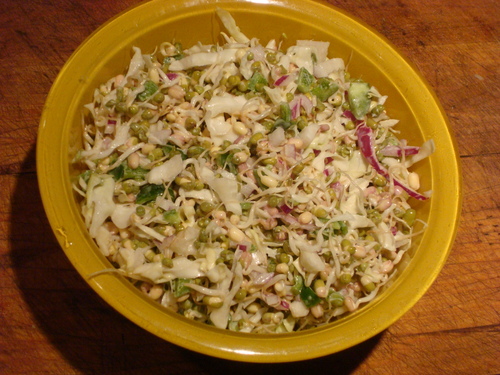
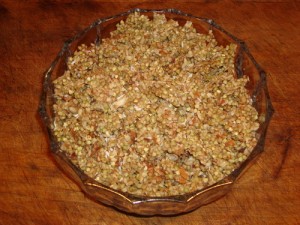

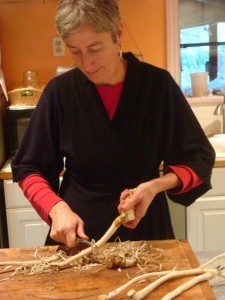 Here I am innocently scraping the outerlayer off the horseradish root I just dug out of the garden. I’m thinking about my next steps in making horseradish sauce where I will chop the root into small pieces and then, along with salt, add white vinegar, a little water, before mixing them up in the Cuisinart. It’s all very straightforward, ordinary kitchen crafting. My intent is to use the horseradish in my raw salads because I like its bite.
Here I am innocently scraping the outerlayer off the horseradish root I just dug out of the garden. I’m thinking about my next steps in making horseradish sauce where I will chop the root into small pieces and then, along with salt, add white vinegar, a little water, before mixing them up in the Cuisinart. It’s all very straightforward, ordinary kitchen crafting. My intent is to use the horseradish in my raw salads because I like its bite.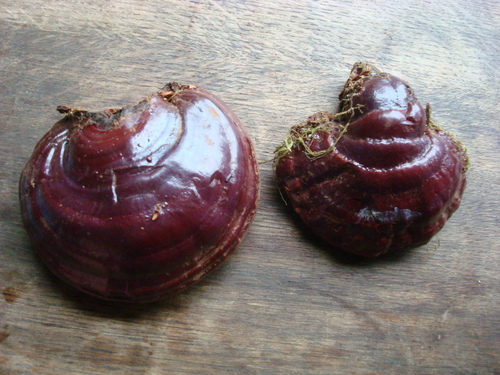
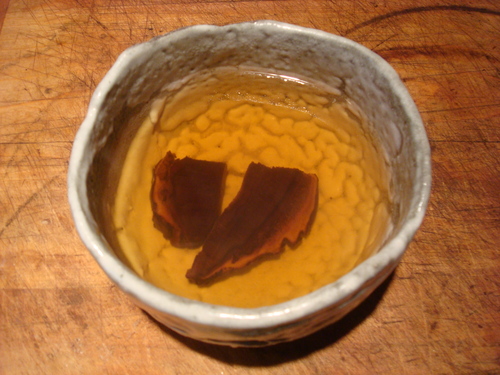 Pacific Northwest’s Reishi – Ganaderma Orgonense
Pacific Northwest’s Reishi – Ganaderma Orgonense